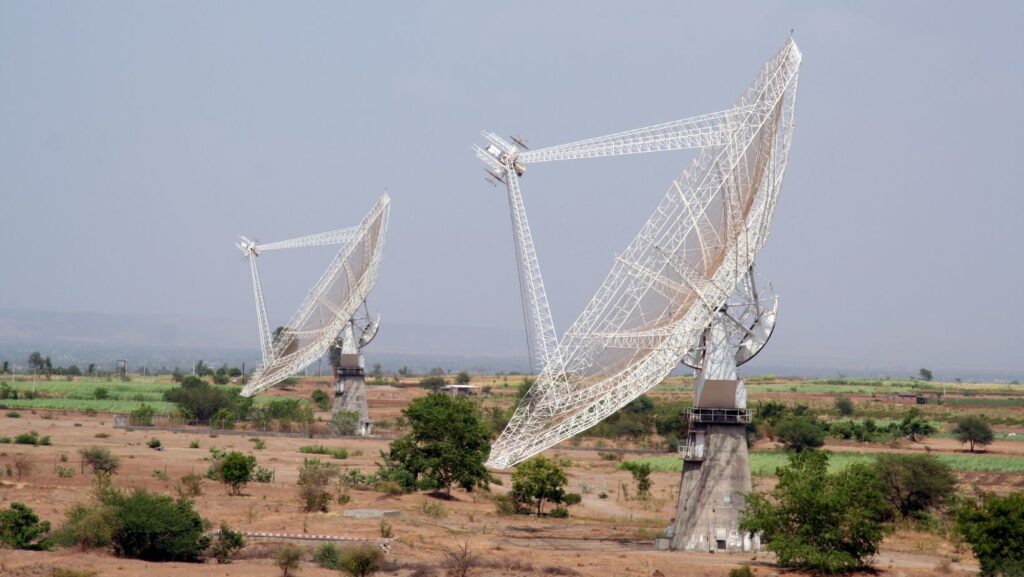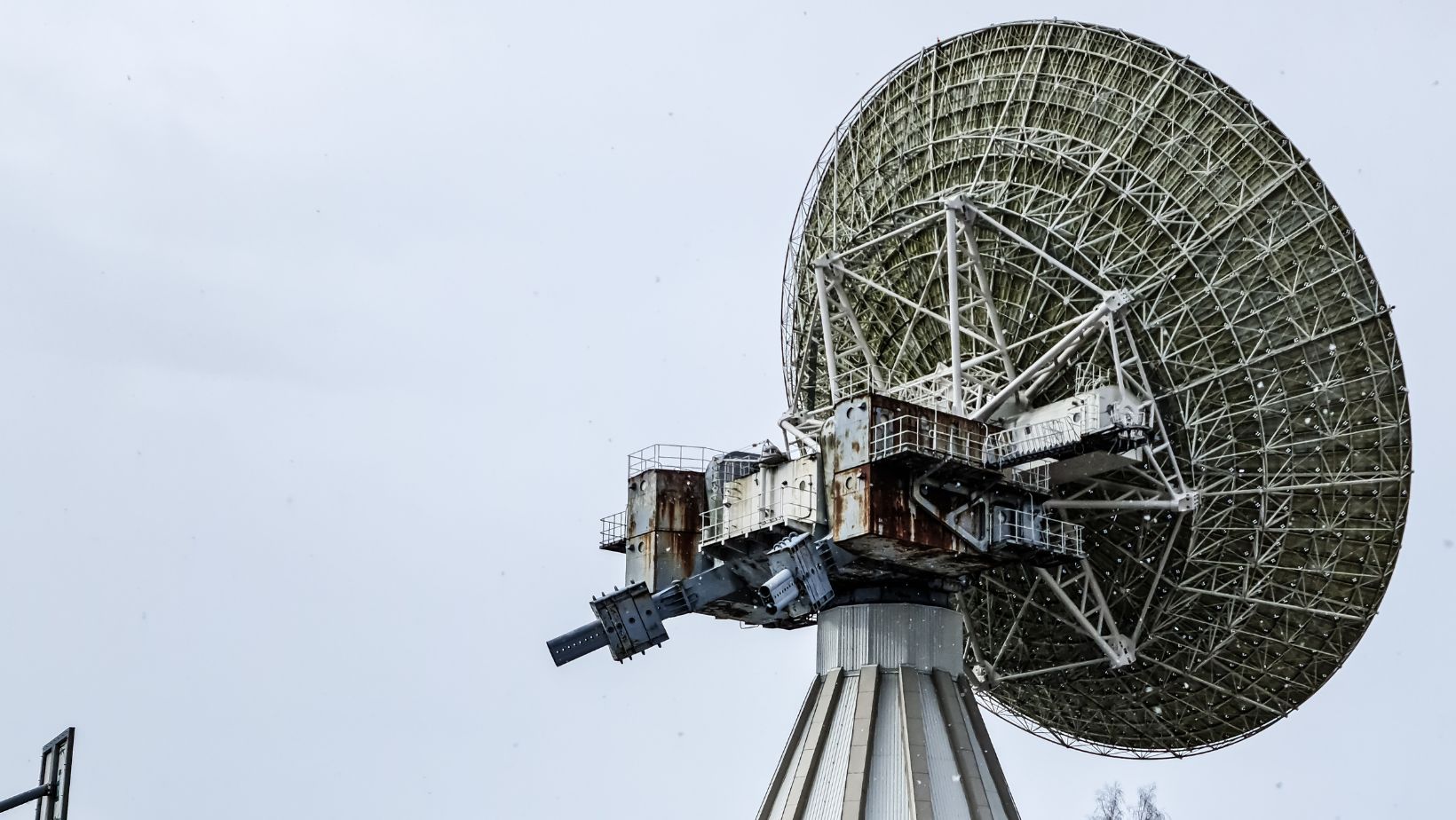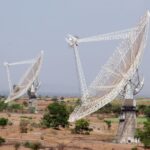
Overview of Telemetry Systems
In the modern day, it is hard to imagine life without telemetry systems. A telemetry system is an integrated electronic device utilized in the transmission of data regarding anything from a place for analysis or collection remotely. Telemetry makes it possible to keep track of-and if necessary, control-certain pieces of equipment without necessarily being there. This blog post outlines what telemetry systems are, how they work, and their uses.
Telemetry systems involve a group of technologies that make the transfer of data possible. The central idea here is sending data from a source at a distance to a monitoring station. This may include simple data, such as temperature and pressure readings to location and speed. The most important advantage of telemetry systems is their ability to provide current information, which assists greatly in decision-making.
How Do Telemetry Systems Work?
Well, basically telemetry systems work based on three functionalities: collecting, sending out data, and analyzing the same.
1. Data Collection
Essentially, it concerns collecting information via sensors, which may be installed in equipment, vehicles, and even within the environment. In that respect, they measure something with variables relating to temperature, humidity, speed, among other features.
2. Telemetry Transmission
After collection, data has to be transmitted to a central point. Telemetry systems apply different methods for this purpose. The most usual methods are by radio waves, satellite communication, and the Internet. The method of transmission would depend on the type of data and the distance it has to travel.
3. Data Analysis
Once the data lands in one central system, analysis of any insight starts. Such analysis might be used to monitor performance, predict failures, or make informed decisions.

This is accessible to users in real time or as historical data.
Applications of Telemetry Systems
Telemetry systems have found immense applications across different fields. Some of their notable areas of application include:
1. Healthcare
It helps monitor patients and ill persons from faraway distances. The devices record the condition of vital signs such as heartbeat and oxygen saturation. The recordings will assist doctors in arriving at a timely decision when an emergency arises.
2. Automotive
In automotive, a telemetry system is very much crucial in this area as it observes the performance of vehicles. They gather data such as speed, fuel consumption, and health of the engine. This may be useful in upgrading vehicle design for better safety.
3. Environmental Monitoring
Telemetry systems have become indispensable in environmental monitoring. Telemetry systems collect air quality, water level, and weather data.

Such information is helpful in research and assists governments on taking activities based on the changes happening to the environment.
4. Aerospace
In aerospace, telemetry systems track critical aircraft parameters during flight. This information ensures flight safety and helps make real-time decisions.
Conclusion
Telemetry systems allow for enhanced monitoring and controlling of activities in most industries. Truly speaking, the ability to receive, transmit, and analyze data from a distance has really revolutionized the way we approach technology and management. As technology evolves, the importance of telemetry systems also continues to change with it. Understanding telemetry systems becomes of prime importance in this data-driven world. Telemetry systems will continue to be harnessed to drive organizations further toward efficiency and safety in operation.












